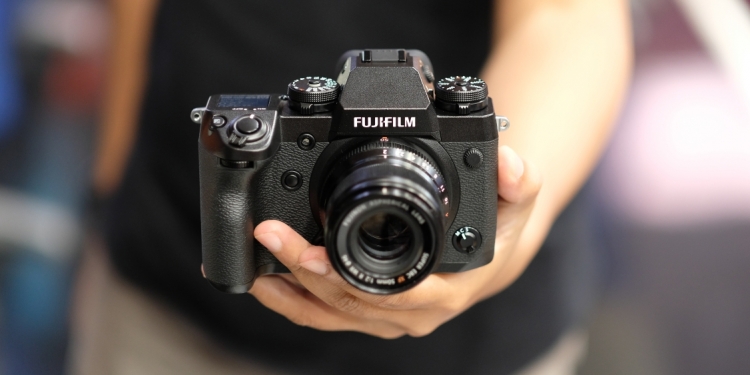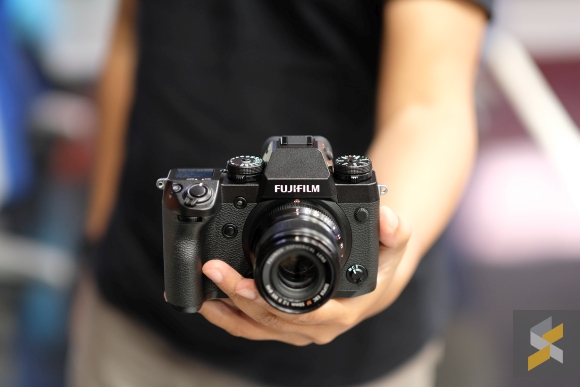Fujifilm X photographers, meet your new king. This is the Fujifilm X-H1 and it’s the most “serious” camera Fujifilm makes right now, setting its sights on the likes of Sony’s excellent a6500.
Compared to the rest of the Fujifilm X lineup, the X-H1 has a couple of interesting improvements primarily in its body and some of its features. The first thing you’ll immediately notice when you pick it up is the sizable grip, which is borrowed from Fujifilm’s compact medium-format camera, the GFX 50S. It also features the top-plate secondary monochrome LCD display that will let you know your camera settings at a glance when the camera is on.
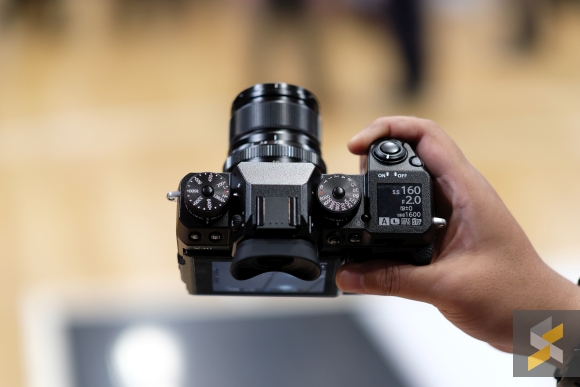
When you switch it off, it’ll display the current battery percentage and number of shots left in your SD card — very useful. Sure, you’re missing the exposure compensation dial, but that’s something I never use so I like this a lot more.
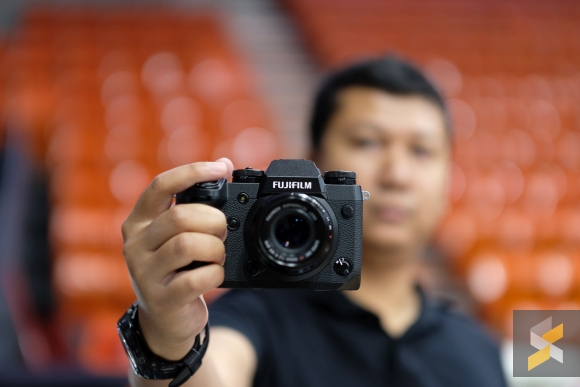
The next significant change is in the body itself. This camera is designed to be more robust and durable than the other Fujifilm X cameras so it’s got 25% thicker magnesium alloy walls compared to the X-T2 as well as a ribbed frame so it’s more tanky and can support heavier lenses better.
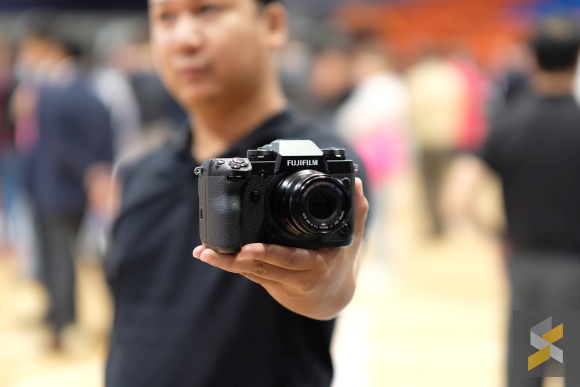
But despite all that extra reinforcement, the camera body is actually really light. Picking it up, paired with an XF 56mm f/1.2 R APD lens (which is a heavy lens, by the way), its combined weight felt about the same in my hands as my much smaller X-T20 with the XF 18-55mm f/2.8-4 R OIS lens.
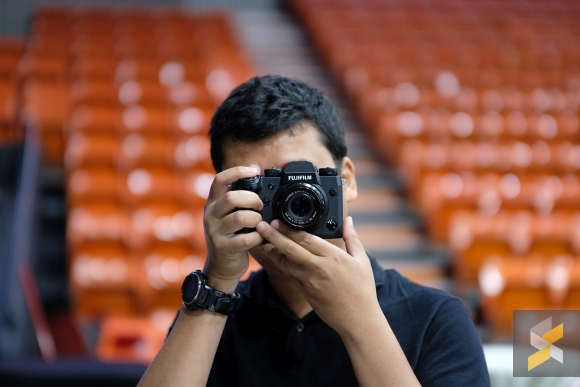
Add that to the fact that it’s got a much better grip and I was holding something far more manageable in my hands. It felt great and very secure which is something I really appreciate especially since I shoot one-handed very often. However, magnesium alloy isn’t the most luxurious material to hold, combined with the matte body paint, the camera doesn’t feel expensive, nor does it look as pretty as the X-T20/X100F. But it’s a workhorse, so I don’t think its users will mind too much.
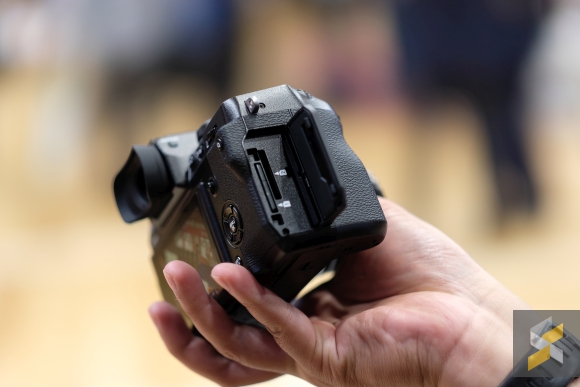
Finally, the most significant upgrade is that the X-H1 is the first Fujifilm X camera to feature in-body image stabilisation (IBIS). This baby’s got 5 axes of stabilisation that can reduce shake by up to 5.5 stops, making it an ideal camera for video shooting (especially the handheld stuff).
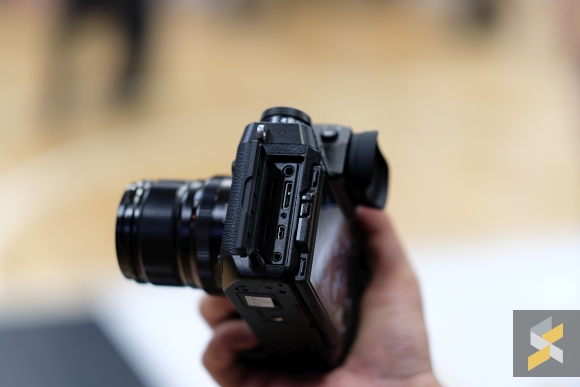
It’s also got improved video recording features including an increased 4K video recording time of 15 minutes (compared to the X-T2’s 10 minutes), and up to 30 minutes with the battery grip. Besides that, it can also shoot with a maximum bitrate of 200Mbps as well as shoot F-Log internally.
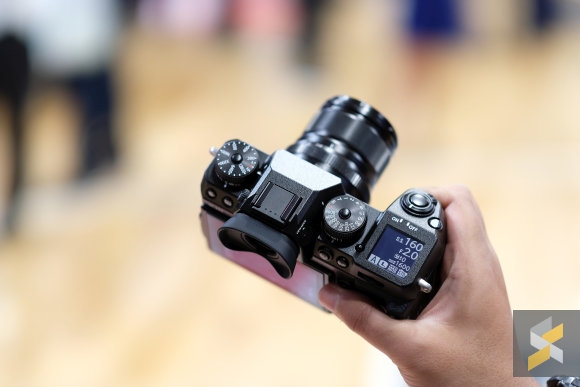
On the sensor side of things, the X-H1 features the same 24.3MP X-Trans CMOS III APS-C sensor as you’d find in the X-T2 and X-T20 albeit with an upgraded phase-detection autofocus system. It’s a great sensor that produces excellent stills so I have no complaints here. The X-H1 can also shoot 4K DCI and 4K UHD videos at 24p and 30p respectively as well as Full HD up to 60fps. There’s also a new Eterna film simulation that’s supposed to give you a “cinematic look”.
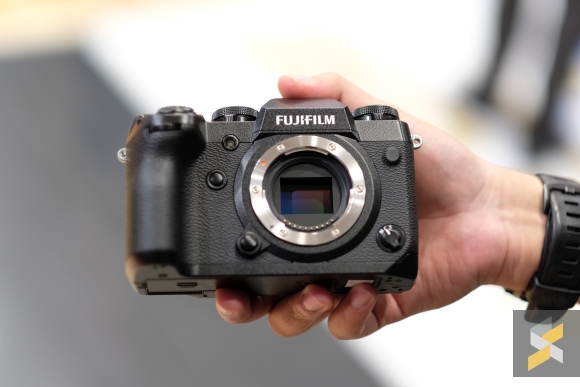
While it can shoot 120fps slow motion in Full HD, that option is only accessible via a dedicated menu setting. Here, you can choose the desired output fps (for eg, 24, 30, 60 fps) so the camera will slow the footage down for you right in the body. I guess it’s not the conventional shoot in 120fps and then slow it down in post-production, but I don’t necessarily think it’s a bad thing. We’ll have to see in the full review.
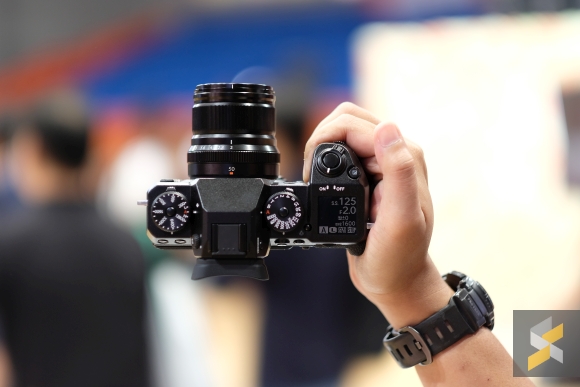
I’m pretty impressed with the X-H1. It’s the closest Fujfilm’s X cameras have gotten to a “pro-grade” DSLR or mirrorless camera and the ergonomics that come with that title are very welcomed. However, those ergonomics also add girth. There are things I’m not fond of, like the lack of a fully articulating LCD screen (the X-H1’s screen only tilts like the X-T2) and the mushy buttons — Fujifilm says that shutter button in particular is designed to be “feather touch”, but I just think it’s spongy — but those are relatively small gripes.
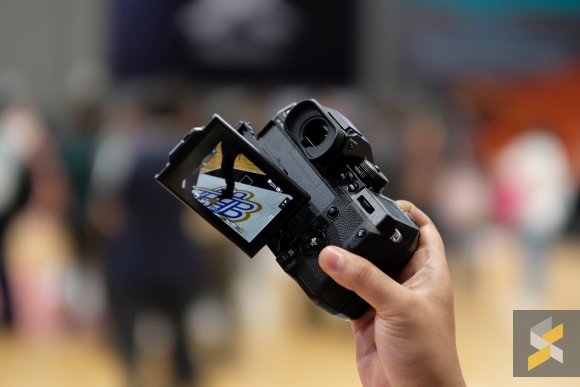
It is quite a pricey camera though, retailing at RM7,899 for the body only and RM9,188 for the body + battery grip kit so it’s not a “beginner’s camera” by classification. You can also, for example, get Sony’s a6500 for less (RM6,499) which also has an APS-C sensor and IBIS. The X-H1 is more affordable than the wildly popular Panasonic GH-5, though.
As far as image quality goes, well all the photos you see here were taken with the Fujifilm X-H1 and the excellent XF 56mm f/1.2 R APD lens so you can get a rough idea of what they look like. I also took some sports shots — though I don’t think the APD lens is ideal for this because it focuses slowly — but you’ll have to forgive my inexperience with capturing fast-moving objects.
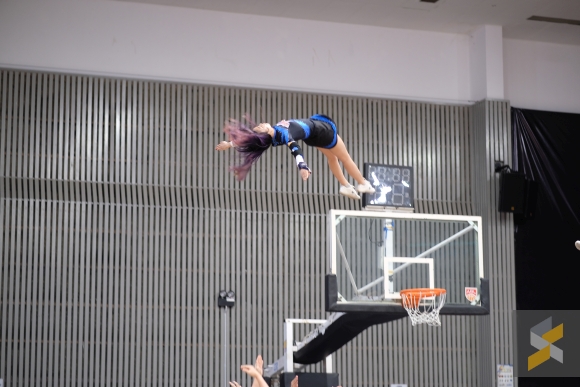



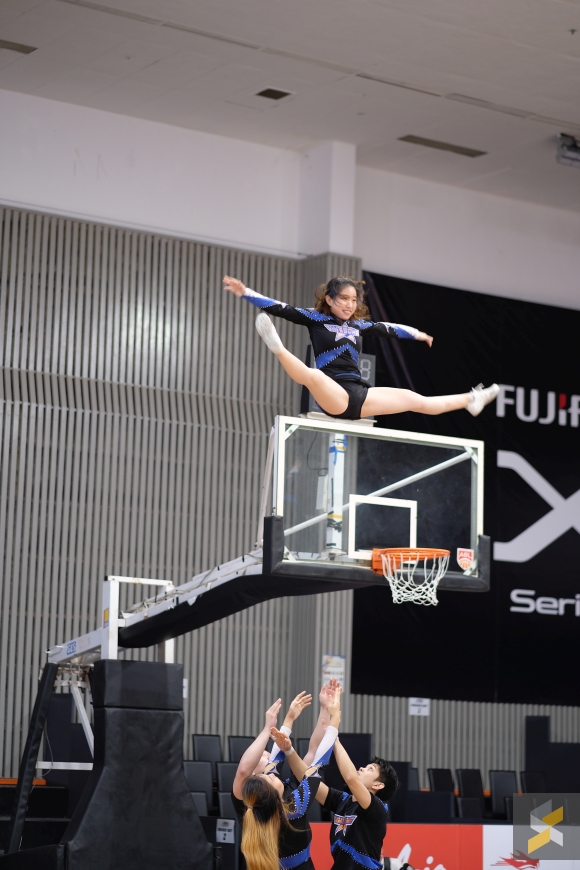

Here’s what the “Eterna” film simulation looks like:

This is the standard Provia:

What do you guys think of the Fujifilm X-H1? Let me know in the comments below.

